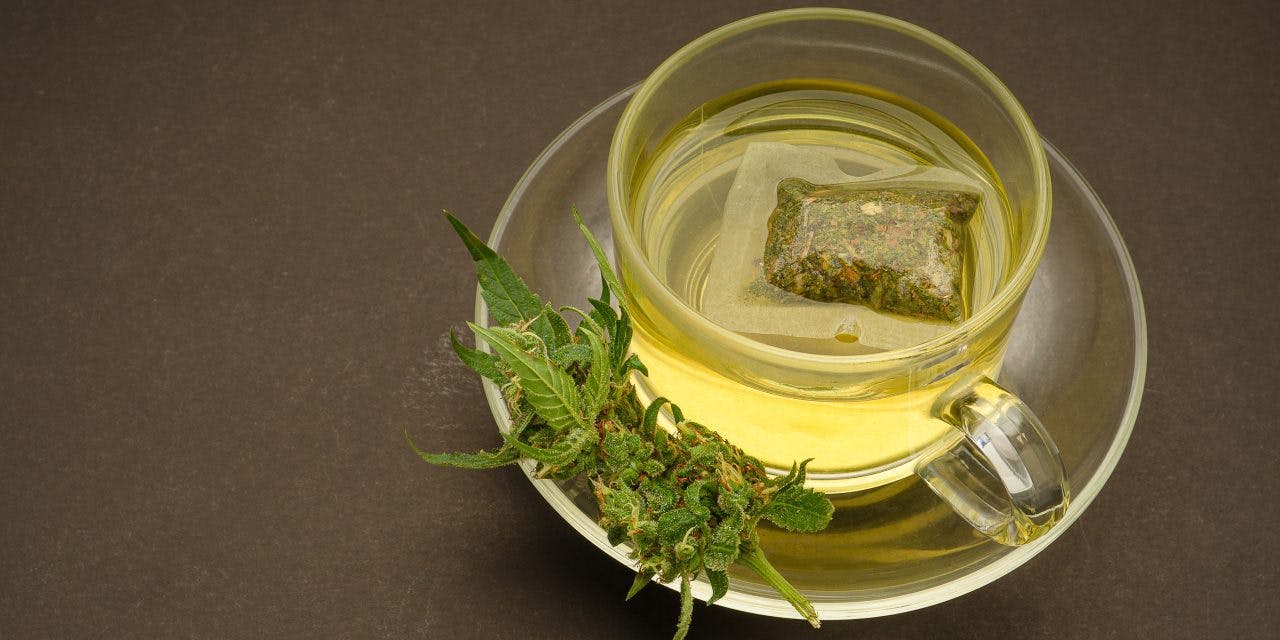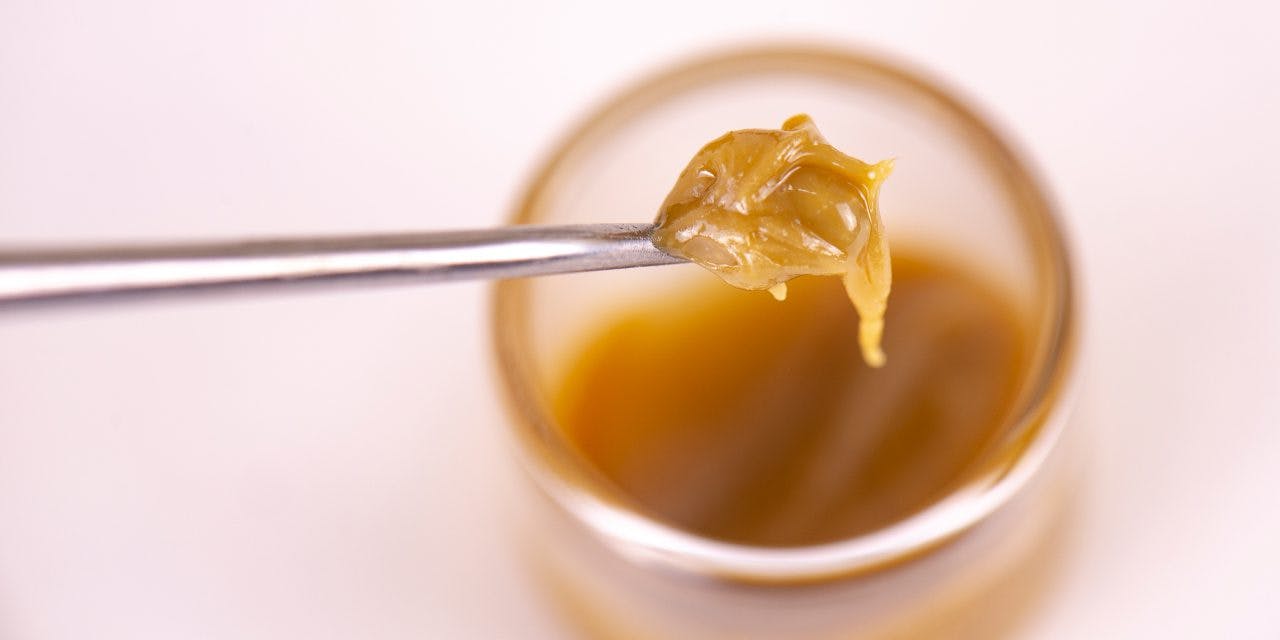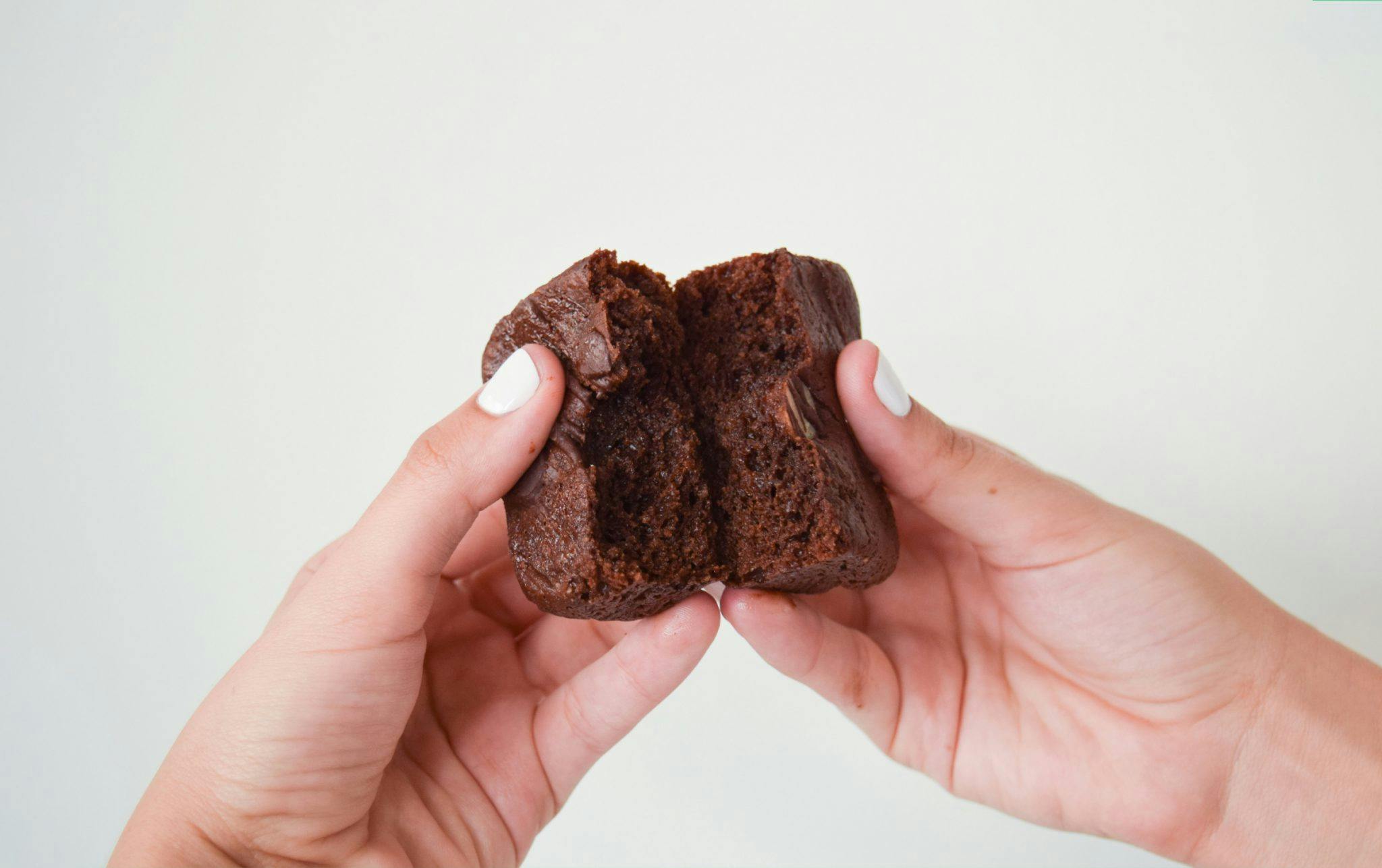How to Dose Marijuana Vapes

Article written by

Melissa CampbellSEO Content Writer
Content reviewed by

Dr. Lewis JasseyMedical Director - Pediatric Medicine
Featured experts

Mark KasabuskiProvider Operations Manager
Dosing cannabis vapes involves slightly more complexity than most modes of consumption, as there’s a wide variety of vaporizers on the market, each with its unique set of functions and instructions for use.
Cannabis vapes offer an efficient delivery system for cannabis, free from the harmful effects of smoking weed, making them an attractive consumption method for medical and recreational users.
Cannabis produces individualized effects that are determined by the potency of cannabis and various personal factors, including your tolerance level to cannabinoids like tetrahydrocannabinol (THC).
Dive into this guide because it offers personalized advice on dosing cannabis vapes, helping you achieve the desired effects without the risks.
Get your medical marijuana card
Connect with a licensed physician online in minutes.
Understanding Cannabis Dosage for Vapes
Cannabis vapes are electronic devices that heat cannabis oils, concentrate, or plant material just below the point of combustion, transforming the active cannabinoids and terpenes into vapor.
In recent years, vapes have increased in popularity, particularly among those seeking innovations in cannabis potency.
Available in various styles and sizes, vape products are considered one of the more potent consumption methods. “Cannavaping.” is a discreet, fast-acting system that generates more “powerful” effects than smoking cannabis, minus the pungent aroma.
The effects of cannabis are felt almost instantly when cannabis is inhaled, as the cannabinoids and additional active ingredients rapidly enter the bloodstream through the lungs.
While cannabis flower contains 15%-30% THC, most vapes use highly concentrated cannabis extracts that consist of 50%-95% of the active ingredient.
New users should be cautious when consuming this psychoactive compound, as overexposure can produce unpleasant outcomes, including anxiety, paranoia, and increased heart rate.
Discovering your ideal dose requires attention to details concerning the concentrate you choose to vape and the device itself.
“Reading the label is always important,” says Mark Kasabuski, Pharmacist and Provider Operations Manager at Leafwell.
Each device operates differently; following the manufacturer’s instructions is essential for dose accuracy. “Many vape cartridges contain 500mg of cannabis concentrate,” he continues.
“For some of these products, a 2-3 second inhalation gives you 2.5 mg of THC, while others with the same amount may give you 9 mg of THC in that same inhalation period.”
Given the potency of cannabis concentrates, Kasabuski recommends first-time vapers start with a low dose. “If you’ve never tried THC before, you’ll want to start with a dose of about 2.5 mg. That’s where some patients can start to feel the euphoric or psychoactive effects.”
Factors Affecting Cannabis Dosage in Vapes
Many factors may impact how cannabis dosage affects an individual. Considering these factors is essential when assessing the proper dosage for your needs and desired outcomes.
Know the Strain and Potency of Your Cannabis
As previously mentioned, cannabis vapes can use concentrates, oil, or dried flower. Regardless of the type of cannabis product you choose to consume, you should be aware of its strain and strength.
Many strains (i.e., cultivars, chemovars) are associated with specific mental and physical effects. Marijuana cultivars typically fall into three main categories:
- Indica: Known for its soothing qualities, these strains are thought to provide a “whole body high.” Popular indica strains include Northern Lights, Strawnana, and Wedding Cake.
- Sativa: These cultivars can produce more of a “mind high” and are associated with uplifting and stimulating cerebral effects. Jack Herer, Durban Poison, and Sour Diesel are top choices for sativa fans.
- Hybrid: The fusion of indica and sativa hybrid cultivars can generate a range of balanced effects. Top hybrid cultivars include White Widow, Gorilla Glue, and OG Kush.
Medicinally speaking, indica strains are helpful for those dealing with insomnia or anxiety, Kasabuski adds, “whereas patients suffering from depression may need something more uplifting, so sativa strains are a great option.”
However, there are few pure indicas or sativas in the modern day. Most strains you find in the dispensary are hybrids. A better determinant of effects is the cannabinoid content and terpene profile of a specific chemovar.
Potency is also a significant factor to consider when determining the correct dose. The term refers to the amount of active compounds, such as THC or CBD, in your cannabis.
Research suggests a recommended THC concentration of 10%. However, many concentrates and vape oils contain up to 90% THC, considered a highly intoxicating dose.
Body Weight and Metabolism
Your body weight and metabolism should factor into your dosing decisions, “Cannabis is fat-soluble,” Kasabuski explained. “[the active cannabinoids] get stored in the fat cells in the body.”
Those with ample body fat may metabolize cannabis slowly and experience prolonged effects. On the other hand, people with higher metabolic rates may feel intense effects that are shorter in duration.
Endocannabinoid System
The endocannabinoid system (ECS) is a body-wide signaling network that balances and regulates vital bodily functions such as sleep, appetite, mood, and cognition. It consists of three different parts: endocannabinoids, receptors, and enzymes.
Active ingredients, like THC or CBD, produce endocannabinoids that travel through the bloodstream, binding to CB receptors and causing various physiological and psychoactive effects.
Individual differences in endocannabinoid functioning may account for unique responses to cannabis.
Tolerance Level
Tolerance refers to your body’s response to repeated or prolonged exposure to cannabis. Frequent use can decrease sensitivity to its effects over time.
Chronic consumers often build up a high tolerance and require increased doses to generate their therapeutic goals. Kasabuski explains that a tolerance break of several days or weeks can reset tolerance levels.
“T-breaks help reset the body and the endocannabinoid system. Your tolerance should be a little lowered after 48 to 72 hours.” A brief pause in consumption thus allows you to feel the effects of cannabis at lower doses.
Low tolerance levels are common among new or infrequent consumers who have yet to develop a sensitivity to cannabis. New users should use extra caution when vaping as the effects can be highly potent and unpredictable.
The Importance of Personalized Dosage
No two people experience marijuana similarly. With so many variables influencing its effects, customizing your vape dose can enhance your cannabis experience and reduce the risk of adverse outcomes due to overconsumption.
When establishing your ideal amount, remember to:
- Understand the nature and potency of your product.
- Be mindful of your tolerance level.
- Learn how to use your vape device accurately.
- Be patient, and give yourself plenty of time to discover your ideal dosage.
Types of Cannabis Vapes
Vaping is a practical, discreet, and efficient form of consumption. As an inhalation method, it’s free from carcinogens and additional toxins in cannabis smoke.
Most of all, it’s a versatile option. With the abundance of cannabis vapes on the market, there’s no shortage of devices.
Dry Herb Vapes

A dry herb vaporizer heats ground-dried cannabis just below the combustion point and releases vapor filled with active ingredients to be inhaled.
The main components typically include the oven, chamber, batter, and mouthpiece. There are three types of dry herb vapes: convection, conduction, and hybrid.
Convection vapes work like an oven by circulating hot air around and through dried plant material, while conduction vaporizers heat dried flowers via direct contact with a hot surface.
Hybrid devices provide a more efficient means of vaporization by utilizing both convection and conduction. This fusion method distributes heat more evenly throughout the plant material.
Oil-Based Vapes
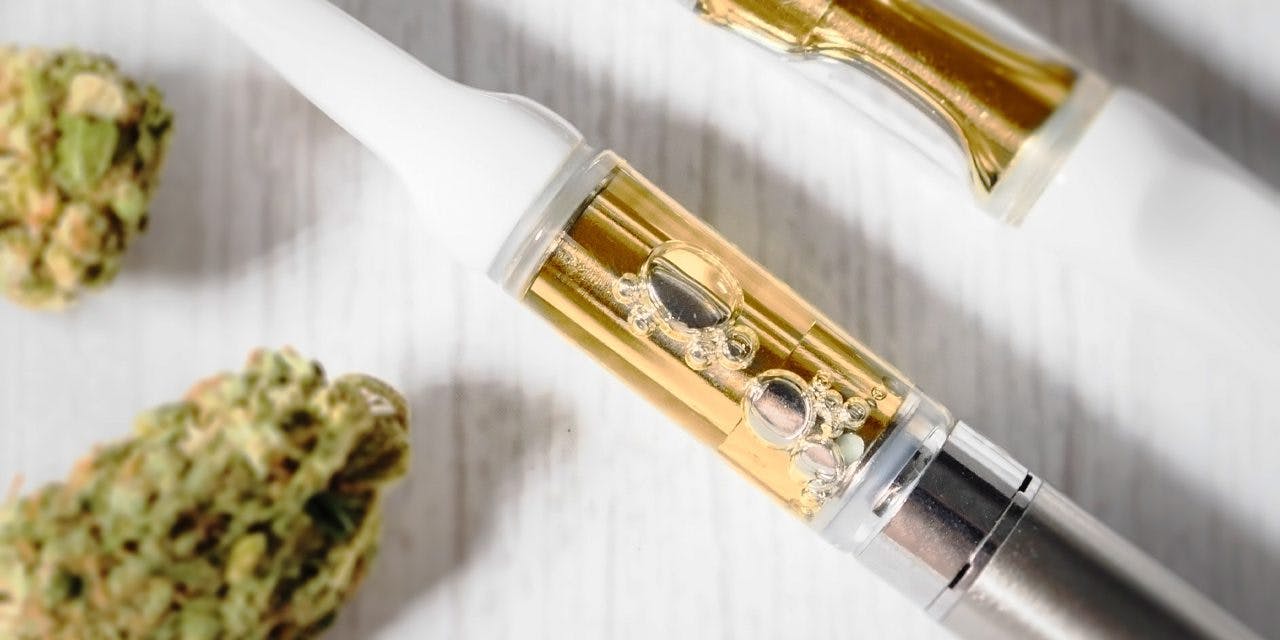
Oil vape pens, or simply vape pens, are portable devices that include a mouthpiece, oil cartridge, atomizer, and battery.
Vape pen cartridges contain concentrated cannabinoids (like THC or CBD), terpenes, and flavonoids, such as propylene glycol and vegetable glycerin.
Inhalation activates the atomizer, which heats the oil below the combustion level. Once the oil approaches the combustion point, it’s converted into a vapor cloud filled with active ingredients released through the mouthpiece.
Wax or Concentrate Vapes
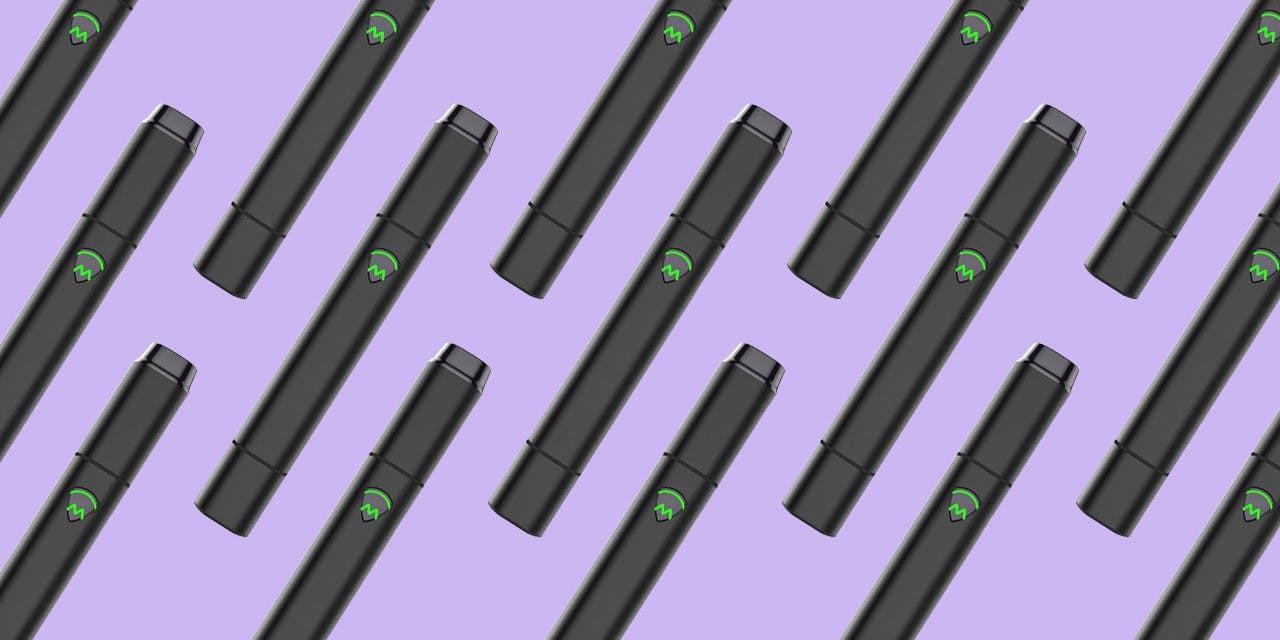
Commonly known as dab pens, wax pens are portable devices for concentrates such as wax, rosin, crumble, shatter, or budder. Wax pens also contain a mouthpiece, atomizer, concentrate chamber, and battery.
Wax vapes work similarly to oil vape pens. The critical difference is that wax must be heated higher than cannabis oil. Wax pens also require additional maintenance to keep them clean and operational.
How to Dose Cannabis for Different Vapes
Cannabis vaping can present a steep learning curve for first-time users. From tabletop vapes to discreet portable pens, you’re bound to find a vaporizer to suit your needs.
Whichever device you choose, you must familiarize yourself with the information provided in the instruction manual.
Dosing Dry Herb Vapes
- Use a grinder to break your dried flower into fine, consistent pieces.
- Preheat your dry herb vaporizer.
- Fill the chamber with ground flower without overpacking, as too much plant material can obstruct the airflow.
- Select the temperature setting per the directions of your device. If none are given, start with a low-temperature setting and gradually increase until the plant material vaporizes.
- Slowly and steadily inhale the vapor from the mouthpiece in short, measured draws, lasting no more than two to three seconds.
- Wait 15 minutes to observe the effects and repeat if necessary.
Dosing Oil-Based Vapes
- Check the battery to ensure it’s fully charged and in working order.
- If necessary, assemble the various components of your pen according to the instructions, loading the chamber with the concentrate of your choice or installing the pre-filled oil cartridge.
- Turn on your vape. Some pens are activated by pushing a button, while draw-activated pens trigger vaporization through inhalation.
- Take slow and steady pulls lasting no more than three seconds.
- Observe the effects after 15 minutes to determine if more is necessary.
- When using a push-button pen, turn the power off when finished. Disposable pens can be discarded once the cartridge is empty.
Dosing Wax or Concentrate Vapes
- Check the wax vape battery to ensure it’s charged and functioning properly.
- Remove the cap and load the wax or other concentrate into the chamber; avoid overpacking.
- Closely follow the instructions to turn on the vape. Similar to oil-based vape pens, some wax pens are draw-activated, while others require the push of a button.
- You must set your atomizer’s or coil’s temperature for manually controlled vaporizers. The ideal setting for wax concentrates ranges from 315℉-450℉. Refer to the user manual for precise heating directions.
- Slowly inhale the vapor from the mouthpiece for two-three seconds.
- Assess after 15 minutes to evaluate the effects.
- Turn off your vaporizer and store it safely.
No matter what kind of vaporizer you use, always clean your device when the session is over to maintain optimal functionality.
Tips for Accurate Dosing Cannabis Vapes
It’s essential to understand the potency of your cannabis product and pay close attention to the quantity you consume for accurate dosing.
Concentrates are highly potent, and new users should use caution when consuming them. Measuring marijuana can help establish your ideal dosage and ensure a safe, beneficial experience.
Using a Scale for Dry Herb Vapes
While a scale is unnecessary, it can help calibrate the right amount of herb to achieve your desired effects. Kitchen and jewelry scales can help measure ground herbs since they measure weight in grams.
Using a scale for dry herb vapes can give you control over your vape experience by helping you understand the amount of marijuana you need to reach your therapeutic goals.
Understanding the Concentration of Oil-Based Vapes
To fully comprehend the concentration of oil vapes, you must know their cannabinoid content. Knowing your product’s THC or CBD percentage can help determine how much to take.
New users may want to start low and go slow with cannabis oil containing more than 10% THC, while more experienced consumers may be comfortable vaping oil with higher THC content.
Measuring Wax or Concentrates for Vapes
Using a dab tool or applicator to measure wax or similar concentrates is best, as wax can easily get stuck to your fingers. While estimating the initial amount is okay, using a small scale to weigh the substance can guarantee more accurate dosing.
The effects can be intense due to the high potency of concentrates such as wax. First-timers should start with a tiny pellet-sized amount and evaluate the effects 15 minutes after vaping.
Importance of Starting Low and Going Slow
While this method is relevant for any cannabis consumer, it’s crucial for beginners. Concentrates deliver high levels of THC in minimal quantities.
Vaping too much too fast can result in numerous adverse effects and undermine all the medicinal benefits marijuana offers. Kasabuski urges consumers to start low and go slow.
“Fifteen minutes after the first dose, the effects should set in. If they’re not too heavy or if you’re not feeling relieved, then you can take that second or third dose. Just make sure to wait about 15 minutes between each dose to be on the safe side.”
Common Mistakes to Avoid
With concentrates’ combined potency and efficiency, it’s easy to overconsume accidentally. Practicing well-informed, responsible consumption habits is the best way to get the results you’re looking for — without overexposure to THC.
The following tips can help you avoid common missteps when vaping:
- Before you take that first drag, understand the nature of the strain and the strength of the concentrate; this will give you an idea of how much to take and help anticipate the potential effects.
- Know your tolerance level. New users should always use the “start low and go slow” method. Remember, repeated use can change your tolerance level over time. A t-break may be necessary if you become immune to its effects.
In addition, Kasabuski advises consumers against inhaling too hard. “There’s a common misconception that you really have to suck in with all your might. You don’t have to do that at all. Just take a gentle, easy breath in.” he continues.
For best results, wait at least 15 minutes between drags to observe your body’s reaction to the active ingredients.
Kasasuski recommends 1:1 concentrates that contain equal amounts of THC and CBD for those who are hesitant about THC’s intense, euphoric effects.
“CBD will provide a little more relaxation,” he says. “it can help reduce inflammation over time and block some of those negative effects of THC like anxiety and paranoia.”
Before purchasing your vape product, a brief conversation with your budtender can provide pertinent dosing information. If you have any additional questions or concerns about cannabis vapes, Kasabuski recommends consulting with your doctor, pharmacist, or a Leafwell Cannabis Guide.
The Bottom Line
There’s no universal guide to dosing cannabis vapes. Determining the correct amount may involve a period of experimentation to discover your ideal dose.
While the effects of cannabis are highly individualized, product potency and personal attributes, including your tolerance and metabolism, can help you establish a therapeutic dosage.
The most critical aspect of maximizing your vape experience is starting with a low dose and proceeding in slow and steady increments as needed.
For more personalized dosing guidance, book an appointment with a professional cannabis counselor and get customized advice on which cannabis products work best for your goals.
Get Your Medical Card
Connect with a licensed physician online in minutes.

